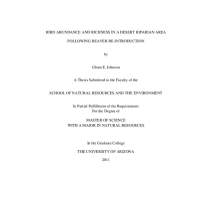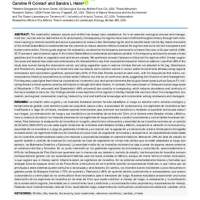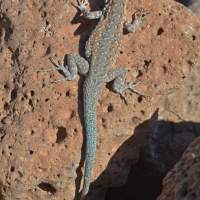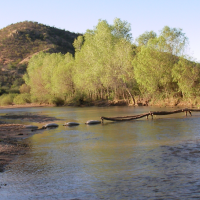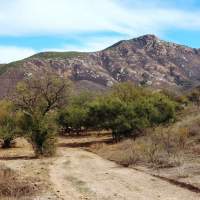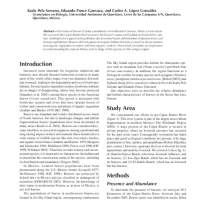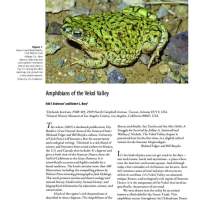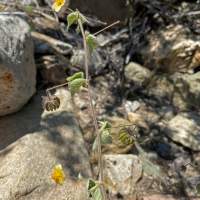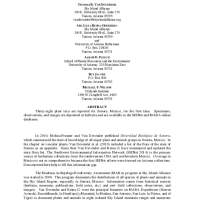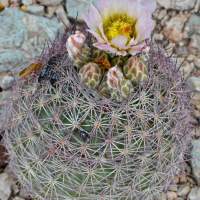I measured bird abundance and richness along the upper San Pedro River in 2005 and 2006 to investigate how beavers (Castor canadensis) may act as ecosystem engineers after reintroduction to a southwestern U.S. desert riparian area. In areas where beavers colonized, I found higher bird abundance and richness of bird groups such as all breeding birds, insectivorous birds, and riparian specialists, and higher relative abundance of many individual species—including several avian species…
The relationship between people and wildfire has always been paradoxical: fire is an essential ecological process and management tool, but can also be detrimental to life and property. Consequently, fire regimes have been modified throughout history through both intentional burning to promote benefits and active suppression to reduce risks. Reintroducing fire and its benefits back into the Sky Island mountains of the United States-Mexico borderlands has the potential to reduce adverse…
The status of beaver (Castor canadensis) in northeastern Sonora, Mexico, is uncertain. We surveyed the Cajon Bonito River to assess the beaver’s status and habitat and found five colonies. Limiting factors appear to be pollution due to animal waste, deforestation of riparian trees, and human exploitation. Beavers did not appear to require habitat diversity as much as dense riparian and aquatic vegetation in waters with low organic content. These kinds of studies are imperative to…
A young Mount Graham red squirrel, which was staying very still, perhaps attempting to prevent detection.
Thirty-eight plant taxa are reported for Sonora, Mexico, for the first time. Specimens, observations, and images are deposited in herbaria and are available in the SEINet online databases.

